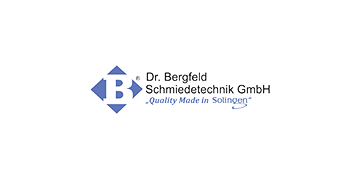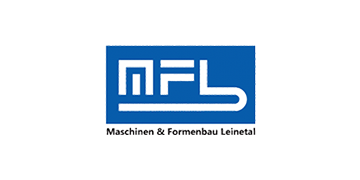| Theme | Process design, Forming technology, Tool- and Mold-Making |
|---|---|
| Project title | Forming and joining of sheet and bulk metal parts in a progressive die to produce a hybrid steel track control arm (Folgeverbundhybridschmieden) |
| Project duration | 01.11.2017 – 31.10.2020 |
| Results | |
| Download | |
| Press release |
German small and medium-sized enterprises face constantly growing pressure to innovation in the field of automotive lightweight design. Especially, components produced by conventional die forging processes exhibit limited competitiveness on global markets. Reasons for this – among others – are the rising energy costs, expensive investment costs for the machinery and high amount of processing steps.
A potential solution for the stated drawbacks is provided by the technology of hybrid forging in a progressive die (HFPD). Hybrid forging facilitates a form and force closure of a sheet metal element with a bulk component using a significantly reduced amount of pressing force in comparison to conventional forging technologies. Reduced pressing forces enabled by the reduced degree of deformation lead to a decrease of the energy costs and the investment costs for the machinery. Additional benefit yields the fact that the hybrid forging will be realized within a progressive die. Therefore, it will be possible to integrate the processing steps prior and posterior to the hybrid forging within one single die. This will result in an increase of the production efficiency. Furthermore, the components manufactured by the HFPD technology exhibit higher strength compared to their equivalents made of pure sheet metal.
Publications about the project
The Hybrid Forging Process satisfies the needs of modern structural and material lightweight engineering by combining forming and mechanical joining operations within one process. This paper presents an analytical approach for the prediction of symmetrical joining bonds of bulk material and sheet metal. Finite element simulations verify that the analytical approach provides a threshold value for the sheet metal thickness at which the bending elongation is reduced significantly. Furthermore, the analytical approach emphasizes that surpassing the threshold value leads to a saturation of the bending elongation reduction and only marginal benefit is achieved by increasing the sheet metal thickness.
hybrid forging, bonding, joining, elastomechanics, lightweight, multi-material manufacturing
Components manufactured by hybrid forging in progressive dies have a high potential for lightweight construction. The example of a suspension arm shows the advantage of hybrid forged parts creating new possibilities for structural and material lightweight construction. Additionally, it is demonstrated that the heat subjected to hybrid forged parts during the subsequent hardening process does not threaten the potential of material lightweight construction.
progressive compound, hybrid, forging
The Institute for Integrated Production Hannover develops process technologies for the simultaneous forming and joining of dissimilar materials. In the future, they should enable, for example, sheet-metal solid parts and steel-aluminum connections. This expands the possibilities for cost-efficient multi-material construction methods in the automobile.
forging, hybrid, progressive compound










